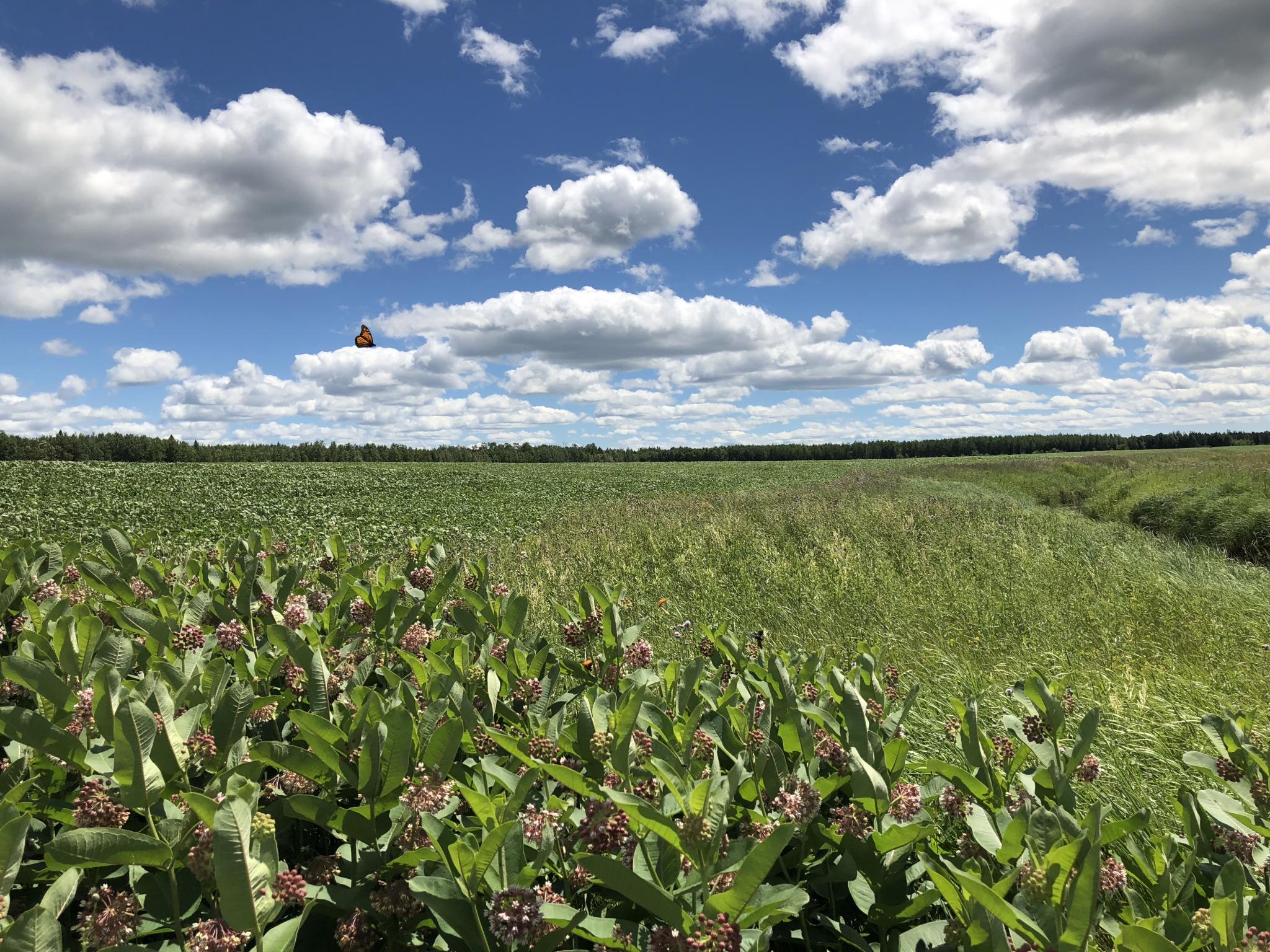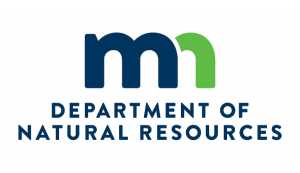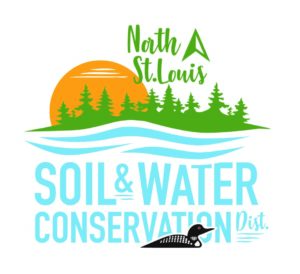PROGRAMS & SERVICES
- Programs & Services
- Aquatic Invasive Species
- Cooperative Weed Management
- Conservation Partners Legacy Grant (CPL) Program
- Education
- Forest Resources
- Minnesota Soil Loss and Buffer Law
- Native Plant Seed and Plug Sale
- Plat Book
- State Cost-Share
- Tree Program
- Watershed Pollutant Load Monitoring Network (WPLMN)
- Wetland Conservation Act (WCA)
- Wood Ash

Minnesota’s buffer law establishes new perennial vegetation buffers of up to 50 feet along lakes, rivers, and streams and buffers of 16.5 feet along ditches. These buffers will help filter out phosphorus, nitrogen and sediment. The deadline for implementation for buffers on public waters is November 1, 2017. The deadline for public ditches is November 1, 2018. The law provides flexibility for landowners to install alternative practices with equivalent water quality benefits that are based on the Natural Resources Conservation Service Field Office Technical Guide.
- State Buffer Law
- Koochiching Buffer Monitoring Policy
- Contact
WHAT IS A BUFFER?
A buffer, also known as a riparian filter strip, is vegetated land adjacent to a stream, river, lake or wetland. Buffers help filter out phosphorus, nitrogen, and sediment, and are an important conservation practice for helping keep water clean. Studies by the Minnesota Pollution Control Agency show that buffers are critical to protecting and restoring water quality and healthy aquatic life, natural stream functions and aquatic habitat due to their immediate proximity to the water.
Vegetation including trees, shrubs, grasses, and forbs provide many ecological services, especially in sensitive areas in/or adjacent to frequent land use like agriculture.
In addition to reducing the transportation of contaminating particles through water runoff into our public waterbodies, vegetative buffers can provide the following natural services:
- stabilize waterway banks
- offer wildlife habitat and travel corridors
- improve opportunities for pollinator species
- mitigate warming of internal water temperatures for aquatic species
- increase the natural beauty of open landscapes
- create wind and noise breaks
- establish a visual boundary for vehicle and equipment use around waterbodies
Planting and maintaining these vulnerable areas is a demonstration of good land stewardship and respect for our shared natural resources.
Cost-share or incentive programs are frequently offered for the establishment of perennial buffers. For information on program availability or questions on Koochiching County buffer policy, contact James Aasen at 218-283-6742 or james.aasen@co.koochiching.mn.us
For more information: https://mn.gov/portal/buffer-law/
KOOCHICHING SWCD MONITORING PLAN FOR BUFFER COMPLIANCE TRACKING
- COMPLIANCE TRACKING OF ALL PARCELS SUBJECT TO THE BUFFER LAW
All parcels in the county are to be reviewed within a 3 year timeframe. The SWCD will review parcels within 2 of the county’s 6 major watersheds each year during this 3-year rotation.
- RANDOM SPOT CHECKS
Random spot checks will be done in addition to the regular tracking of all parcels within a 3-year span. The SWCD will conduct 25-50 parcels on a random spot check each year outside of the scheduled area. These checks may be conducted via a combination of both aerial photography and on-site review. Additionally, the SWCD will review parcels of emphasis more frequently including parcels under the following circumstances:
- Previously non-compliant
- No-till/Conservation tillage or cover crop alternative practice plans
- Other Alternative Practice Plans
- Cost-share funded projects (years 1,3,9 of contract)
![]()
JAMES AASEN
Forest Resource Specialist
218-283-6742
james.aasen@co.koochiching.mn.us

BEN WEST
Cooperative Forestry Management Forester
218-888-9058
benjaminwest@state.mn.us

WILL LEE
Soil Conservationist
218-634-2757 ext. 110
WilliamT.Lee@usda.gov

CORRYN TRASK
Resource Conservationist
218-634-1842 ext. 4
corryn.trask@mn.nacdnet.net

LAUREN SOERGEL
District Forester
218-288-6146
lauren@nslswcd.org
